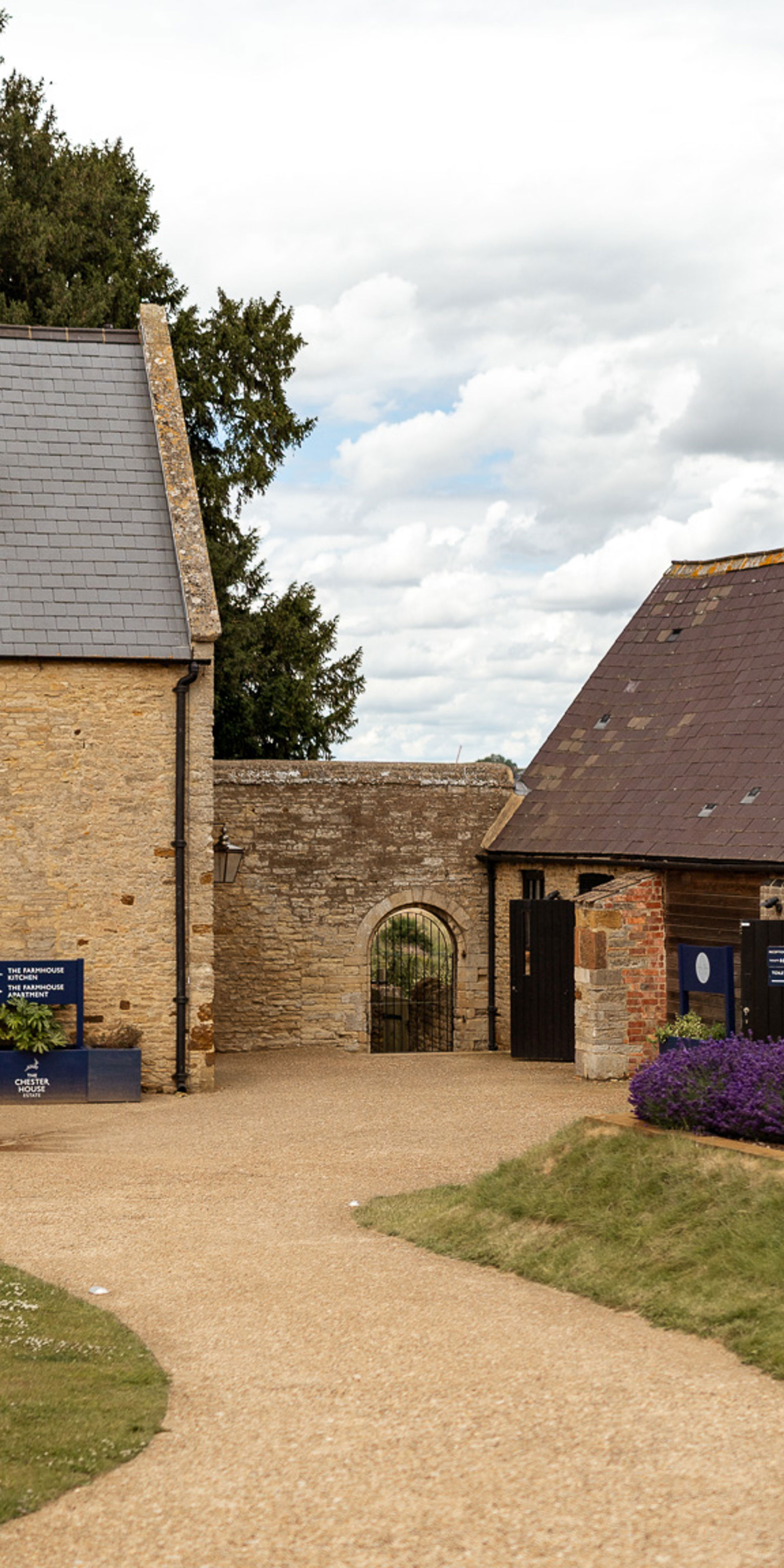Roman
The fact that the area we now know as Chester Farm was a location where it was safe and easy to cross the valley, would have been known in all periods. However it seems likely that this became especially important after the Roman conquest in 43AD.
As the conquering armies moved north, it was vital to secure the communications routes and we know that through the Roman period there was a main Roman road running down roughly north south down a natural ‘slade’ into the main valley and across the flood plain. This route would have seen traffic from St Albans or beyond going to Roman Kettering and northwards.
Geophysical survey has identified what appears to be the distinctive ‘playing card’ shaped ditch that may denote the presence of a small fort on the site, probably established shortly after the conquest, simply to police and manage the river crossing. The Roman town possibly owes its origins to this fort, as the troops would have required various services from the locals, who in turn may have started to settle outside the fort gates. Even when the troops moved on and the fort dropped out of use, that settlement and the passing traffic along the road would have continued, and so the town developed further.
The town developed on the valley side beside the river. At some stage in the later second century a wall was erected, with gates on the west and east sides, presumably to protect the town from attack and perhaps also as a sign of civic pride. It was positioned to make the most of the natural landform with the steep scarp to the floodplain and the flanking dry valleys making it more imposing. The new defensive wall cuts through at least two buildings that were in the way. This was the only small town in this part of the Nene valley to get a wall, perhaps suggesting it had a higher status.
The Roman period is the first time that any settlement that could be called a town existed in Britain. The Roman town at Irchester would have served as a central market and administrative centre for the surrounding countryside. It is likely that it had a role collecting taxes from those living in the surrounding countryside.
This town has revealed through archaeological investigation, some signs of classical civilisation not seen in the other towns along the valley: statues, buildings of architectural style (columns with decorative capitals) and an inscription. The inscription comes from the tombstone commemorating an Imperial Official (a Strator) whose role was to buy horses to supply the Imperial mail system.
It seems likely that because it was beside what would have been an all year crossing point of the river, that this town was on the Imperial mail route – the Cursus Publicus.
Towns located on this route also had to have facilities for messengers to change their horses and stay overnight; one building identified from the geophysics but not yet excavated to prove it, is what may be a mansio, in essence a motel for Imperial officials. If the town performed this important function then it may explain why it was felt necessary to erect the twenty-foot high defensive walls.
The layout of the town within the walls has a street pattern that is far from straight, being designed instead to drain water and other waste away down the natural slope on which the town sat. Certain types of buildings have been identified including small circular and square shrines to unknown gods. Most of the narrow strip buildings visible from the magnetometry results are probably houses that would also have served as shops and workshops, perhaps with living accommodation upstairs. The area at the southern end of the town seems to have what appear to be larger houses, perhaps suggesting it was the ‘better end’ of town.
From the geophysical survey it can also be suggested that some of the buildings might have had tessellated pavements, perhaps in rooms heated by the under floor (hypocaust) method. A possible bath house is also present, showing how ‘Romanised’ the occupants of the town were.
End of the town and cemeteries
Roman Laws prohibited burial to take place within towns; at Chester Farm we have evidence for several burial areas around the town. A large one containing bodies in stone sarcophagi was disturbed during late 19th century ironstone quarrying to the east of the town. More recently a small group of burials was found in the car park off Claudius Way and two further groups have been excavated: one under the Lime Avenue approach to Chester Farm and one in the old orchard. All these burials are in graves but with no surviving grave goods. Future study of the remains will tell us about the people who lived here.
The decline and fall of the Roman Empire is still not fully understood. We do know that in 410AD the Emperor Honorius told the towns of Britain to look to their own defences, and this is usually taken as the formal end of Roman rule. However, it is likely that this town would have been in use for some time afterwards until the lack of money to exchange for goods led people to change their way of life and abandon the town.


